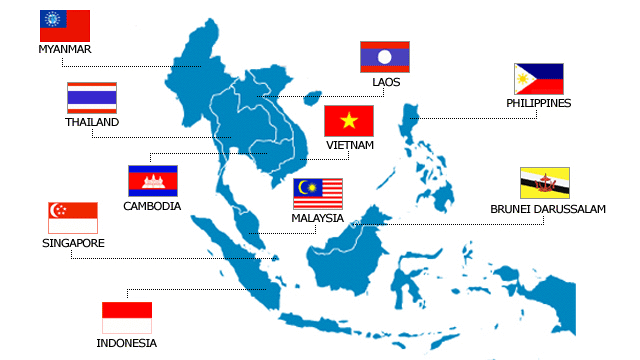
Ten Years of Taiwan’s New Southbound Policy in Biotech: From “Relocation” to “Deep Rooting”
共有
As the New Southbound Policy enters its tenth year, geopolitics and supply-chain reconfiguration have pushed Taiwanese firms to diversify risk. In manufacturing and ICT, results are visible. In biotechnology, however, progress has been markedly slower: most companies remain in exploratory mode, and true market footholds are largely limited to a few cases in Singapore and Malaysia. The problem isn’t rhetoric but industrial reality—biotech is not a sector that can be “moved” like a factory line; it is a highly regulated business shaped by healthcare systems, reimbursement regimes, and governance.
First, the ten ASEAN markets vary widely in healthcare and insurance structures: reimbursement formularies, global budgets, the ratio of hospital vs. retail dispensing, tendering and procurement mechanisms, and price controls or reference pricing all differ by country. Drug laws, clinical and marketing authorization pathways, GMP inspections, and pharmacovigilance demands are likewise uneven. This means the “shift orders from China → pick up in ASEAN” manufacturing mindset does not translate to biotech. If Taiwan’s firms rely on low-barrier generics as the core offering, they will be trapped in a red-ocean price war, with little leverage for market access or margins.
The product mix must therefore move upmarket: high-value branded generics, specialty formulations (injectables, controlled-release), biosimilars, and critical APIs—and even CMC/tech-transfer and CDMO services—to gain bargaining power. This upgrade must sit on a three-in-one foundation of “evidence–quality–compliance”: bolster cost-effectiveness narratives with real-world data; implement QbD and resilient supply chains to ensure continuity of supply; and meet market-specific rules (e.g., halal certification in Indonesia, labeling languages, local batch release testing, and a functioning pharmacovigilance system).
Go-to-market should follow a phased 3–5-year roadmap: Singapore and Malaysia can serve as regional hubs and proof-of-concept markets, but growth momentum lies in Indonesia, Vietnam, and Thailand. Indonesia emphasizes localization and public procurement—early planning for on-shore collaboration and capacity is essential. Thailand’s universal coverage system is mature and generic competition intense; entry requires differentiated formulations or hospital-centric solutions. Vietnam is in a healthcare build-out phase; approval speed and partner choice determine the pace. Pricing should be tiered and adaptive, balancing public, private, and out-of-pocket segments to avoid being “locked in” by a single tender.
Partnership models matter more than capital outlays: co-development or contract manufacturing with local pharma; building registration teams with seasoned regulatory consultants; and partnering with leading distributors to navigate hospital listings. Layer on KOL networks and continuing medical education to lift prescriber acceptance. Throughout, design measurable KPIs—access milestones, hospital listing rates, tender win rates, and PV compliance indicators—so strategy does not devolve into a mere “courtesy-call checklist.”
Culture and governance often determine success yet remain underestimated. Religion, language, and care-seeking habits directly shape drug acceptance and education tactics: Indonesia’s Muslim-majority society values halal and norms of gender interaction; Thailand’s Buddhist culture and the public sector’s role influence prescribing contexts. On corporate governance, robust anti-bribery compliance, digitalized audits, and supply traceability are foundational to avoid exposure in bidding and procurement. Establish real-time local PV and quality-incident reporting mechanisms.
Ultimately, biotech’s New Southbound agenda must evolve from a “policy label” into an “operating system.” Use industry associations and cross-border academia-industry platforms as bridges; aggregate Chinese-diaspora and local experts who have years of ASEAN experience to codify repeatable playbooks for market access and regulatory operations. Internally, hire practitioners fluent in ASEAN realities—resist projecting a Taiwan-centric view onto local demand. When the product portfolio moves up the value chain, compliance systems mature, local partnerships deepen, and cultural-governance capabilities are in place, the New Southbound Policy will cease to be symbolic and become a genuine growth curve for Taiwan’s biotech industry.

